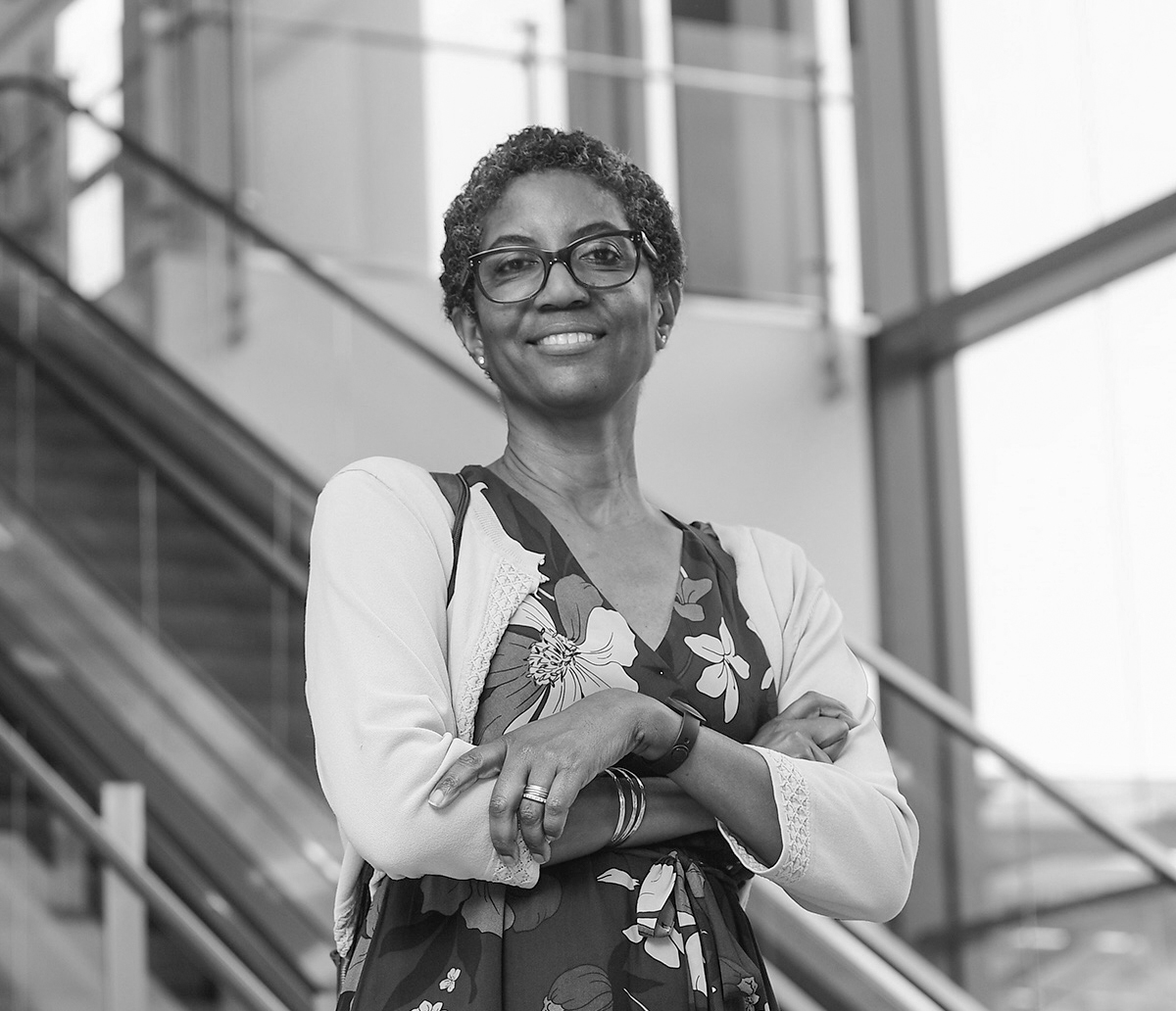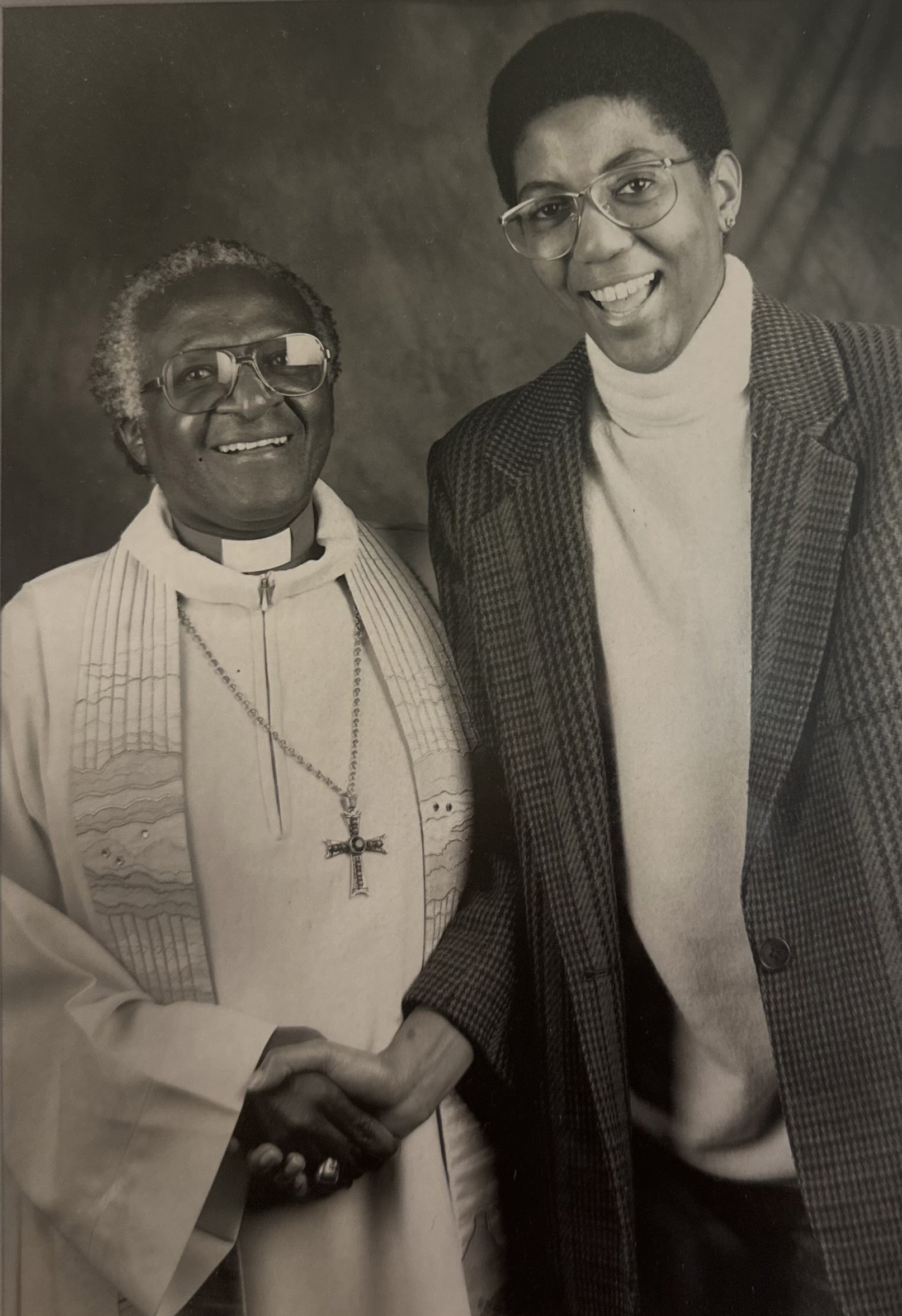Peta Westmaas, 30 Years
Tell us about your career at Emory.

Peta is a creative director in Communications and Marketing.
I was hired as the designer for the successful $400 million fundraising campaign in the early 90s. That seems such a small amount today. After that, I moved to the Central University Communications Department. I've worked on a range of projects, from large to small, including university annual reports for various presidents, starting with President Laney. I transitioned to working for Woodruff Health Sciences, where I was responsible for numerous assignments, including print and digital initiatives such as Momentum Magazine, Emory Health, Emory Health Digest, Medicine Magazine, Rollins Magazine, and Goizueta Business Magazines. Over the years, I've collaborated with all schools and teams across the enterprise, including the Chamber Music Society, the Women's Center, the University Libraries, Campus Life, and others, garnering many CASE, PRSA, and AAMC/GIA awards along the way. Additionally, I've played an integral role in promoting brand compliance across the university.
What are some of your favorite memories of your time at Emory?
The event that meant the most to me was being a part of the Health Sciences Communications team working on the Emory Medicine magazine issue about Ebola. Our team had already written and designed another issue when the Ebola crisis broke. Working closely with Mary Loftus, Jack Kearse, Vince Dollard, Karon Schindler, and many others, we pivoted to create an entirely new issue that covered Emory's response to the situation. That was an experience I will never forget. At the Ebola anniversary event held at the CDC, one of the speakers pulled out a dog-eared copy of the magazine that my team had produced five years before. That moment was the cap on that experience.
Peta with Archbishop Desmond Tutu during the 1989–1990 Emory annual report photoshoot.
What are some of the most significant changes you have witnessed over the course of your career?
I have seen six university presidents, and many changes to the campus. In my department, when I started, we were spec'ing type and cutting rubylith to prepare jobs for 2-color printing. Now everything is digital, which is a testament to Emory's ability to evolve and adapt to the times in all areas.
What do you hope for the future of Emory?
I've loved my time at Emory, especially the people. I've worked with such creative people and made lifelong friends. Throughout the years, the guiding principle has been that we work together to support those who are working towards the future of humanity. I hope Emory can stay true to its mission of education, research, and patient care with integrity.